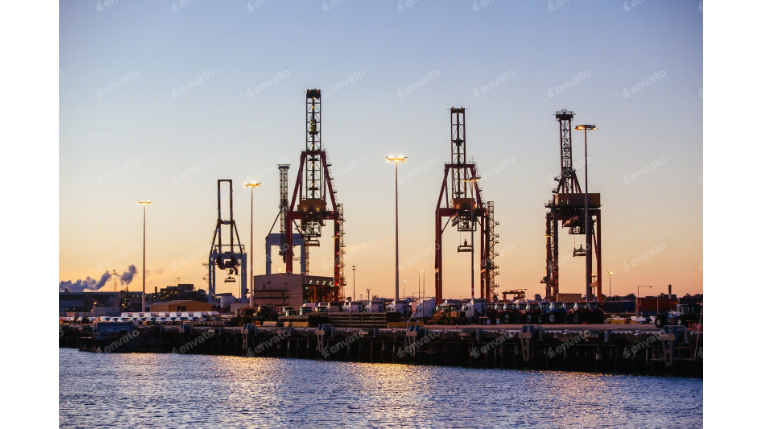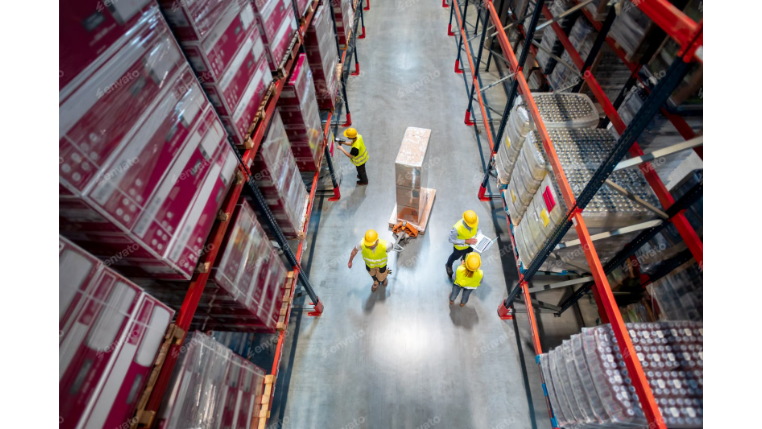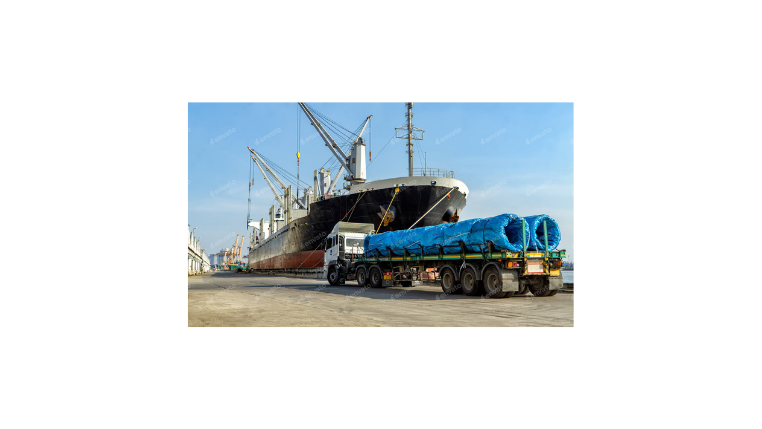In the intricate dance of global commerce, the world's biggest ports are the grand stages where nations connect, goods move, and economies thrive. These bustling hubs are the critical nodes in the global supply chain, serving as the primary interface between land and sea. Their sheer scale is difficult to comprehend, handling millions of containers and billions of tons of cargo annually. Let's embark on a journey to explore the largest and most influential ports, uncovering the immense capabilities that make them the engines of international trade.
1. Port of Shanghai, China
For over a decade, the Port of Shanghai has held the undisputed title of the world's busiest container port. Its strategic location at the mouth of the Yangtze River Delta—one of the world's most significant manufacturing and economic zones—cements its top position.
- Recent Container Throughput: Consistently exceeds 47 million TEUs (Twenty-foot Equivalent Units) annually.
- Key Significance: The Port of Shanghai is the primary maritime gateway for China, the world's factory. Its extensive network connects Chinese manufacturers to every corner of the globe. The port's deep-water access and the state-of-the-art Yangshan Deep-Water Port allow it to accommodate the largest container vessels ever built, making it a linchpin of global trade routes.
2. Port of Singapore
Despite its small national footprint, the Port of Singapore is a maritime giant. It is the world's busiest transshipment hub, meaning a massive portion of its traffic involves cargo moving from one ship to another on its way to a final destination. Its efficiency, connectivity, and strategic location are legendary.
- Recent Container Throughput: Handles over 37 million TEUs annually.
- Key Significance: Situated at the crossroads of major shipping lanes connecting Asia, Europe, and the Americas, Singapore's port is a vital node in the global supply chain. Its investment in cutting-edge technology, including automation and digital platforms, ensures quick vessel turnaround times. The ongoing development of the Tuas Mega Port is set to further enhance its capacity and technological edge for decades to come.
3. Port of Ningbo-Zhoushan, China
While Shanghai leads in container volume, the Port of Ningbo-Zhoushan often claims the top spot as the world's largest port by cargo tonnage, handling over 1.2 billion tons annually. This port is a powerhouse for bulk cargo like iron ore, crude oil, and coal, in addition to its rapidly growing container business.
- Recent Container Throughput: Has surpassed 33 million TEUs annually.
- Key Significance: Located just south of Shanghai, its deep-water channels and multiple port areas make it an essential hub for raw materials destined for China's industrial heartland. Its integration of river and sea transport creates a highly efficient multimodal logistics network.
4. Port of Shenzhen, China
Comprised of several ports along the coastline of Shenzhen, this port complex is a critical gateway for the Pearl River Delta, another of China's major manufacturing and technology hubs. It serves as the main export channel for countless electronics and consumer goods companies.
- Recent Container Throughput: Manages around 30 million TEUs annually.
- Key Significance: The Port of Shenzhen's proximity to major tech manufacturing centers like Shenzhen and Guangzhou makes it indispensable for the global electronics supply chain. It is renowned for its efficiency and modern terminals, connecting the "Silicon Valley of Hardware" to the world.
5. Port of Rotterdam, Netherlands
The Port of Rotterdam stands as Europe's largest and most important seaport. For centuries, it has been the continent's gateway to the world, strategically located on the North Sea with unparalleled access to the European hinterland via the Rhine and Meuse rivers.
- Recent Container Throughput: Approximately 15 million TEUs annually.
- Key Significance: Rotterdam is more than a port; it's a massive industrial and logistics complex. Its extensive network of rail, road, and inland waterway connections allows goods to move seamlessly into Germany, France, and Central Europe. The port is also a leader in sustainability and digitalization, pioneering efforts in automation and the use of alternative fuels.
The Technology Powering Modern Megaports
Managing the millions of containers that pass through these colossal ports is an immense logistical challenge that is impossible to handle with manual processes. The efficiency and reliability of these hubs depend on a sophisticated digital backbone. Real-time tracking, automated cranes, IoT sensors, and advanced data analytics are all crucial for optimizing vessel scheduling, yard management, and customs clearance.
This digital transformation is key to reducing bottlenecks and enhancing visibility. For logistics managers, leveraging a unified platform that can integrate this data is critical. Advanced software solutions, such as Modaltrans, provide the comprehensive visibility and control needed to navigate the complexities of these global hubs, ensuring cargo moves smoothly from port to final destination.
Conclusion: The Unwavering Heartbeat of Commerce
The world's biggest ports are awe-inspiring feats of engineering and logistical coordination. Hubs like Shanghai, Singapore, and Rotterdam are not just statistics on a chart; they are the vibrant, beating heart of our globalized economy. They facilitate the flow of goods that stock our shelves, build our cities, and drive innovation. As global trade continues to evolve, these maritime gateways will remain indispensable, adapting with new technologies and sustainable practices to keep the world connected and moving forward.










